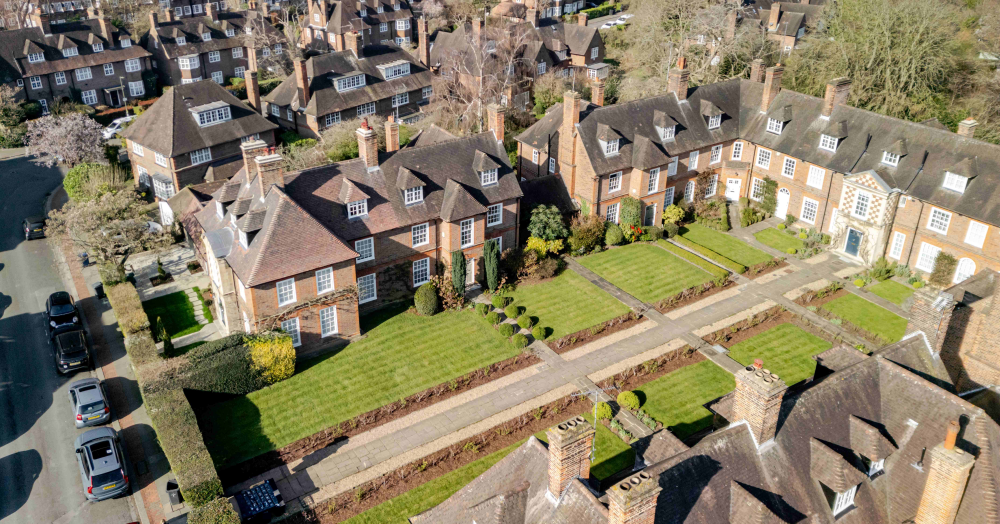The London property market has entered the second half of 2025 with a mix of resilience, caution, and change. From shifting buyer behaviour to surging rental demand, here’s what’s shaping the capital’s housing landscape right now.
Buyer Demand Holding Up
Against expectations, London hasn’t seen its usual summer slowdown. New mortgage affordability rules have given many buyers a welcome boost—borrowing power is up by as much as 20%, which has pushed buyer activity and agreed sales notably higher compared to last year.
Still, the mood is cautious: many homeowners are delaying moves in hopes that prices may soften further, and “down valuations” are starting to creep in, especially at the higher end of the market.
House Prices: Flat Overall, Stronger in Prime Spots
London’s average annual price growth is subdued at just 0.8%, the weakest of any English region. But the story looks different in parts of Prime London, where prices jumped 7.4% in Q2 alone and are now edging back towards recent peaks.
Looking ahead, forecasts vary: some analysts see London outperforming the rest of the UK with growth of up to 6.5% in 2026, while others expect a more modest climb of around 3%.
Rental Market: High but Cooling
London remains the most expensive rental market in the UK, with the average rent now at £2,250 per month—a rise of 6.3% year-on-year. Growth has slowed compared to the rapid spikes of recent years, but the market is still tight, with limited supply and strong tenant demand.
The new Renters’ Rights Bill could reshape the market in the coming months, offering stronger protections for tenants and new responsibilities for landlords.
Ultra-Prime: Renting Takes the Lead
One of the biggest shifts this year is happening at the very top of the market. More ultra-wealthy buyers are choosing to rent rather than purchase, with some prime central properties letting for as much as £325,000 a month.
Why the change? Tax reforms, high stamp duty, and a desire for flexibility are all encouraging this trend. Meanwhile, prime sales values in some parts of London remain nearly 20% below recent highs, making vendors cautious.
International Buyers Returning
Changes to tax rules have reignited international interest. UAE nationals and long-term British expats are once again investing in Prime London, with Kensington and Chelsea among the hotspots. Overseas buyers now account for a growing share of the market, lured back by favourable new exemptions and softer pricing.
Supply, Downsizing & Regeneration
Housing supply is still very limited, with new home starts at record lows. Downsizing is becoming an important driver of market activity, as older homeowners release equity and move to smaller properties—unlocking billions in capital.
At the same time, regeneration projects like Brent Cross Town are slowly delivering new stock and infrastructure, which could help rebalance supply over the long term.
Key Takeaway
London’s property market is currently a tale of contrasts. Mainstream prices are flat, but Prime areas are rebounding. Rental demand remains strong, though growth is slowing. And while many buyers are cautious, international investors and downsizers are quietly reshaping the market.
For now, success in London’s housing market hinges on two things: smart pricing and picking the right location.


